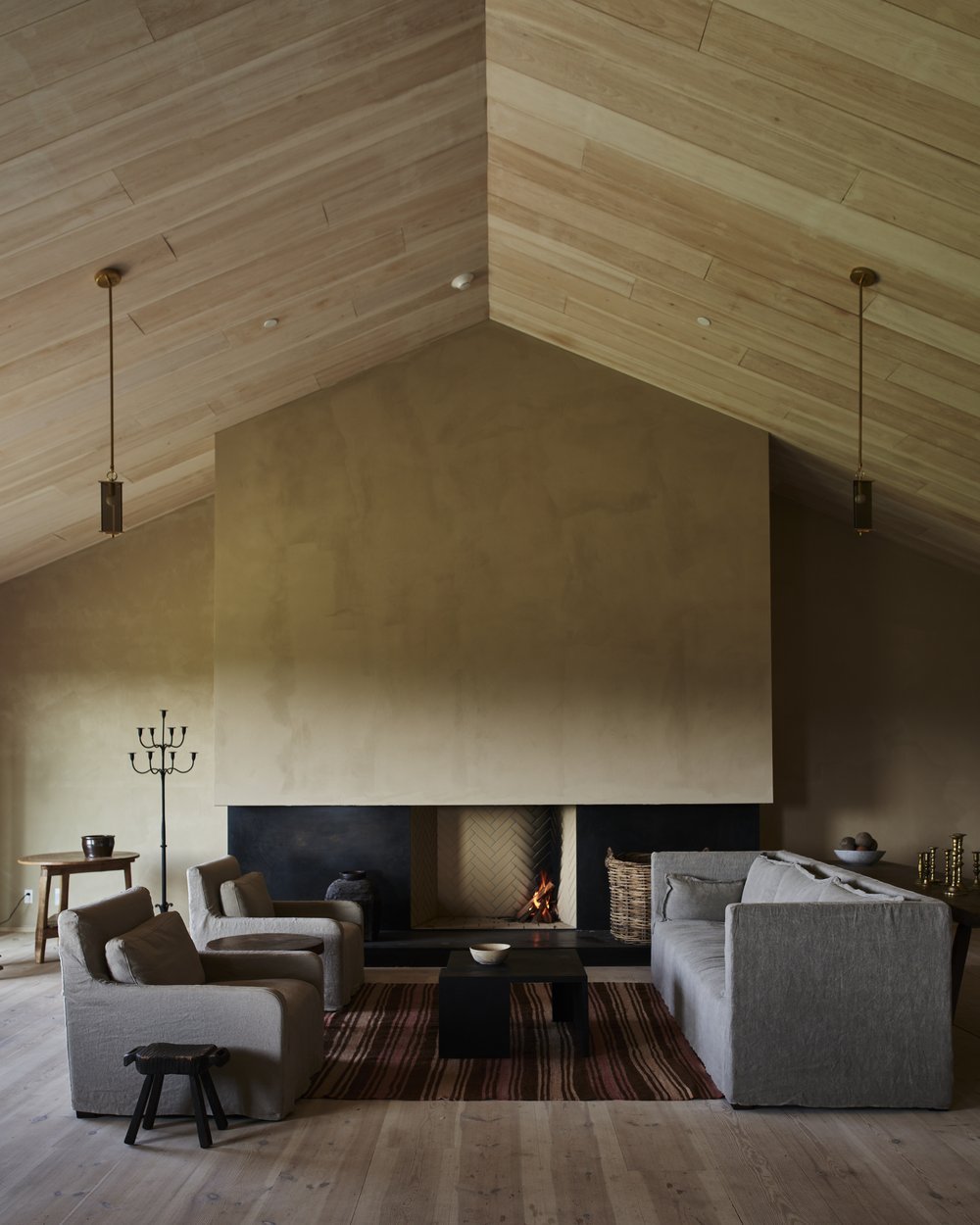Nature Inspired Design {earth}
/Holistic interior design often draws inspiration from various cultural and philosophical traditions, including the concept of the five elements, which is commonly found in Eastern philosophies such as Chinese and Ayurvedic traditions. These four elements are Earth, Water, Fire, Air, and they are believed to be the building blocks of the universe. When applied to interior design, each element is associated with certain qualities and characteristics that can be incorporated to create a balanced and harmonious living space.
In the context of holistic interior design, Earth is considered one of the fundamental elements, and its qualities are often associated with stability, grounding, nourishment, and support. Here are some ways Earth can be integrated into your home.
1. Color Palette:
Earthy tones such as browns, greens, and muted yellows are often used to evoke a sense of grounding and stability. These colors can be incorporated into walls, furniture, and accessories. These warm and inviting colors evoke the feeling of soil, stone, and natural materials.
2. Natural Materials:
Incorporating natural materials like wood, stone, and clay into the design helps to connect with the earth element. Wood furniture, stone countertops, and clay pottery are examples of how these materials can contribute to the earth aesthetic. Opt for furniture made from solid wood like oak or walnut, and consider reclaimed wood if you like a more rustic feel.
3. Textures:
Utilizing textures inspired by nature, such as rough stone surfaces and woven textiles can enhance the the tactile experience. Natural fibers like wool, cotton, linen and jute add depth and dimension to your space. Look for hand crafted objects that are organic and imperfect to create a wabi-sabi style.
4. Plants and Greenery:
Indoor plants are an excellent way to introduce the earth element into interior design, they not only add a touch of nature but also contribute to a healthier indoor environment. Opt for low-maintenance plants like succulents, cacti, philodendrons, or snake plants.
5. Symbolic Elements:
Incorporate symbolic representations of the Earth element, such as artwork featuring landscapes, mountains, or earthy motifs Sculptures or decorative items made from stone or clay can also be included.
6. Furniture Arrangement:
Arrange furniture in a way that promotes a sense of stability and balance. Avoid clutter and maintain a clean, organized space to create a calming environment.
7. Natural Light:
Maximizing natural light in a space can help establish a connection to the outdoors, creating a sense of openness and grounding. Maximize natural light intake through large windows or skylights. Sunlight nourishes the earth element and provides a sense of warmth and vitality.
8. Mindful Design:
Holistic interior design emphasizes mindfulness and intentionality. Consider the purpose and function of each element within the space, ensuring that it contributes to a harmonious and balanced atmosphere.
inness hotel (accord, NY) via hotel weekend
inness hotel (accord, NY) via hotel weekend
santa clara 1728 hotel (lisbon) via hotel weekend
maana kiyomizu (japan) via hotel weekend
sea sea hotel (australia) via hotel weekend
The Wensley Hotel (australia) via hotel weekend
By incorporating the earth element thoughtfully, you can create a home that feels grounded, nurturing, and connected to the natural world.
Balance is key. While incorporating the earth element, ensure it doesn't dominate the space. Create a harmonious blend with the other elements for a complete and dynamic energy flow.









